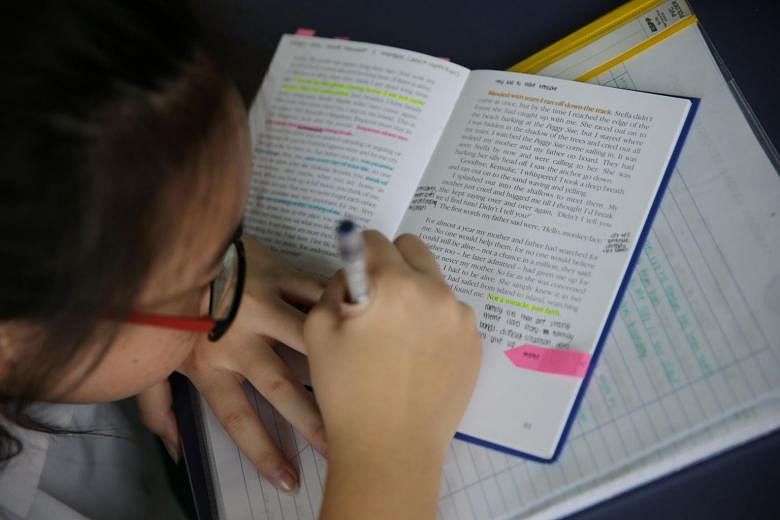Minister for Education Ong Ye Kung has been touting the value of learning languages (S'pore should spur learning of foreign languages, says minister, May 14).
In a speech to the 9th Teachers' Conference 2019, Mr Ong couched a renewed emphasis on the Mother Tongue Languages (MTLs) on their economic and cultural value. He said that the learning of MTLs was important for "valuable business and employment opportunities… in our hinterland" and as a means to "draw from our respective ancestral cultures to build Singapore identity".
I agree wholeheartedly.
Beyond material benefits, languages also improve the individual learner. Picking up a new language opens the door to different communities, and exposes us to new ways of thought and being.
In the words of cognitive scientist Lera Boroditsky, "human minds have invented not one cognitive universe, but 7,000", and language is the key to those universes.
However, learning MTLs cannot be encouraged in isolation. If we want students to learn a language, they need to care for the culture.
In other words, what we teach in history matters.
The upper secondary syllabus for history, implemented in 2013, is not equipped for the renewed emphasis on MTLs. It is Eurocentric and eclipses Asia.
The syllabus teaches European imperialism in South-east Asia, but not the migrations of Indians and Chinese settlers, nor about indigenous peoples.
It scrutinises communist Russia and Nazi Germany, but omits Maoist China and independent India.
It discusses South-east Asian independence through the paradigm of decolonisation.
In a nutshell, the syllabus is an account of how Europeans came, Europeans fought, and Europeans left.
If we care about the economic opportunities of Asia, we should teach about the rigidities of Maoist China and Mr Deng Xiaoping's 1978 reform, about Japan's successful convoy system that led the geese in flight.
If we care about reclaiming a cultural identity, we should study the migrations of the Chinese under Qing rule and the post-independence traumas of India.
Narratives adapt to new evidence and present concerns. The syllabus for lower secondary history begins the Singapore Story from 1300 instead of 1819. When celebrating the bicentennial, we took care to remember that Sir Stamford Raffles did not come to a tabula rasa. These are welcome developments.
For those same reasons animating the renewed emphasis on MTLs, we must pivot the teaching of history back to Asia.
Seow Yongzhi

